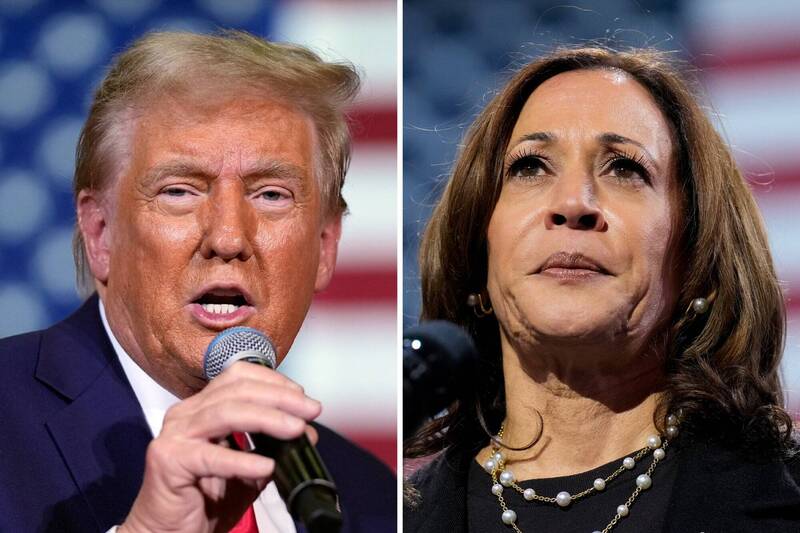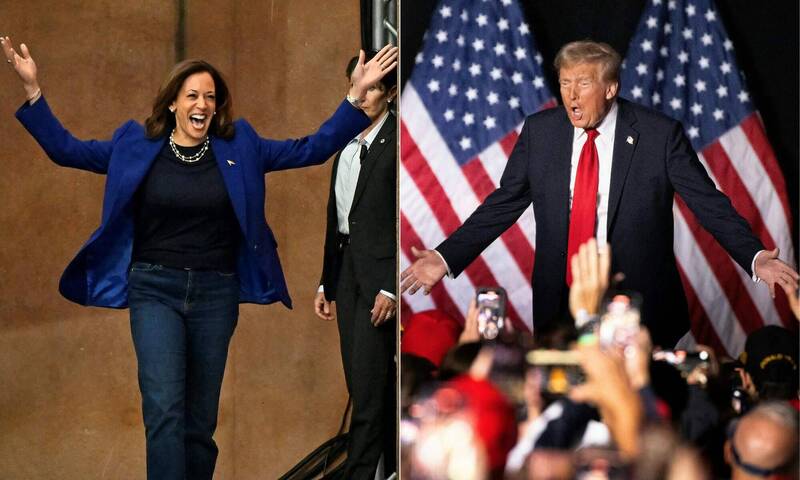Research, translating : Gan Yung Chyan, KUCINTA SETIA
If there is a 269:269 deadlock between Trump and Harris, the Senate and House of Representatives will decide the president and vice president
Editor : Zeng Defeng / https://news.ltn.com.tw/news/world/breakingnews/4852938 / Image : The U.S. presidential election is about to be held. If Trump and Harris tie in the electoral college with 269 electoral votes each, the House of Representatives will elect the president and the Senate will decide the vice president. (Associated Press)

The U.S. presidential election will begin on 5 November 2024 local time, according to the "Electoral College" system. Candidates need to get a majority of 270 votes to be elected, but under some extreme results, it may happen that Trump and Harris get 269 votes each. At that time, the president will be elected by the House of Representatives after all seats have been re-elected, and some of the seats have been re-elected. The Senate decides on the vice president.
According to the "AFP" report, if Kamala Harris (Kamala, Harris) won Wisconsin, Michigan and Pennsylvania in the swing states, and Trump won Georgia, Arizona, Nevada, North Carolina, and Nebraska in a California district that was originally left-leaning but changed towards the right (the state can divide the electoral votes according to the proportion of votes received), there will be a deadlock of 269:269.
Once this happens, the U.S. Congress will hold a "contingent election." This has never happened in modern America. The last time it happened was in 1800 when the founding fathers Thomas Jefferson and John Adams held the election. After a duel, the House of Representatives voted 36 times before deciding that Jefferson would be president.
The U.S. election will also include re-election of all 435 seats in the House of Representatives and 34 of the 100 seats in the Senate. If Trump and Kamala tie, the House of Representatives will be sworn in on January 3 and then hold a contingency election on the 6th of the same month.
In this process, each state in the United States counts as one vote. As long as someone can get 26 votes (a total of 50 states), he can be elected president. Since many states have more than two federal representatives, an internal vote is needed to decide which state and who to vote for.
Once it enters a contingency election, Trump may have a considerable advantage, because the Republican House of Representatives currently holds the majority in exactly 26 states, just over half, while the Democratic Party holds the majority in 22 states.




No comments:
Post a Comment